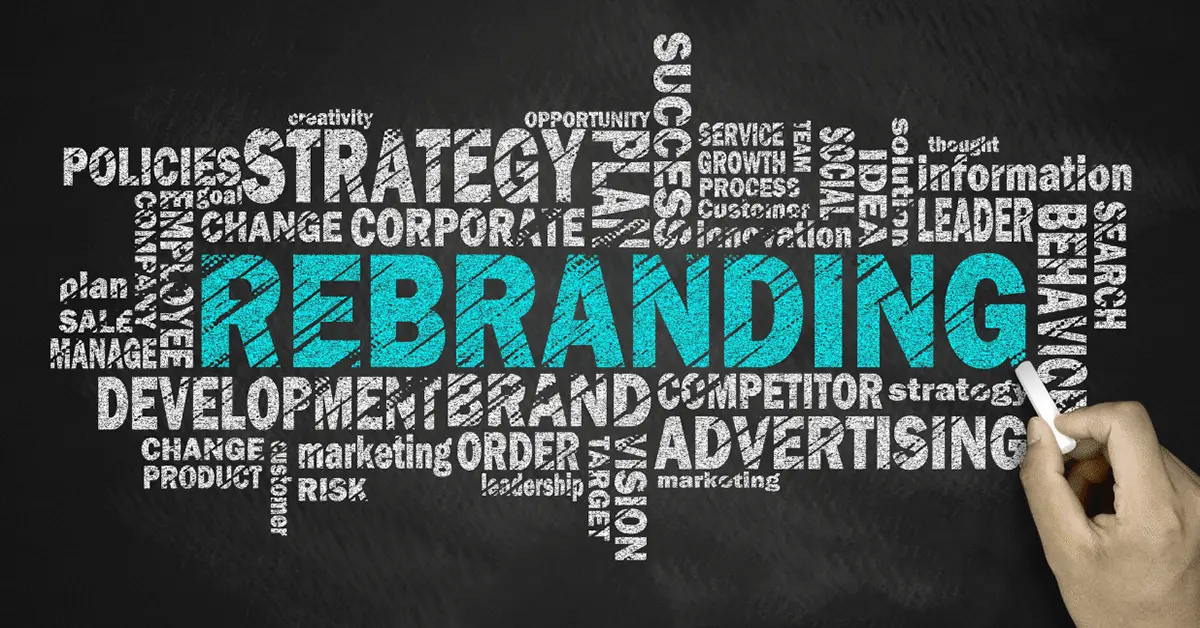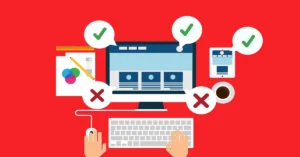
Table of Contents
Rebranding is not just about changing your logo. It’s about reshaping perceptions.
David Aaker
Rebranding is the strategic process of updating an existing brand’s identity, including its logo, name, messaging, colors, or visual style, to create a refreshed image in the minds of customers, competitors, and partners. It’s about modernizing your presence, increasing awareness, reaching new audiences, and regaining relevance in competitive markets.
Why Is Rebranding Important?
- Attract new customers by presenting a fresh visual identity and message.
- Improve brand recognition and relevancy.
- Boost SEO & online visibility with updated messaging and platforms.
- Revitalize a stale or outdated image that no longer resonates.
When Should You Consider a Brand Refresh?
Rebranding requires careful planning and should only be pursued for valid reasons, such as:
- Entering new markets or evolving your brand positioning. If your business model or customer base has shifted, a rebrand can better reflect who you are today.
- Responding to reputation issues or negative associations. A refreshed image can help regain customer trust.
- Leadership or strategic company changes, like mergers or ownership shifts, that demand a refreshed identity.
Avoid rebranding for superficial reasons like boredom with your logo, as it can confuse customers and damage your existing equity if done without a purpose.
Partial vs. Full Rebranding
- Partial Rebrand: Refreshing visual elements (logo, color palette, fonts) while keeping the core name and mission intact. This is ideal when small updates will achieve your goals.
- Full Rebrand: Comprehensive redesign, including a new name, repositioned messaging, and revised visual and strategic identity. Typically used during major business transitions.
Steps for a Successful Rebranding
- Define your brand essentials: Mission, vision, and values should guide every change.
- Develop a rebranding strategy: Align new visuals, messaging, and positioning across all media.
- Preserve core strengths: Recognize which parts of your legacy branding to retain.
- Research competitors and trends: Understand your market to inform your strategy.
- Collaborate across teams: Ensure marketing, design, and leadership are aligned during execution
- Launch thoughtfully: Share the story behind your rebrand so stakeholders understand the reasons and future direction.
Real-World Rebranding Examples
- Airbnb (2008): Upgraded from a literal Polaroid-inspired logo to a modern symbol representing belonging, reflecting its shift beyond photo sharing.
- Starbucks (2011): Simplified its iconic mermaid logo by removing text—creating a modern visual brand mark.
- Dropbox (2017): When expanding messaging beyond file sharing, Dropbox streamlined its logo and refined its mission to signal growth.
Brand Refresh Checklist
- Reassess visual elements (logo, colors, typography)
- Align core messaging: mission, values, and audience
- Plan roll-out across digital channels, website, marketing materials, and trade communications
- Prepare internal and external stakeholders with launch messaging
- Monitor performance: brand sentiment, online traffic, engagement, SEO rankings
Why Choose Hobrista for Your Rebranding Needs?
At Hobrista, we combine brand strategy, visual identity, digital marketing, and e-commerce optimization to empower complete brand transformations. Whether you’re refreshing your identity or launching into new markets, our comprehensive services ensure consistency and impact, from Oman to global audiences.


